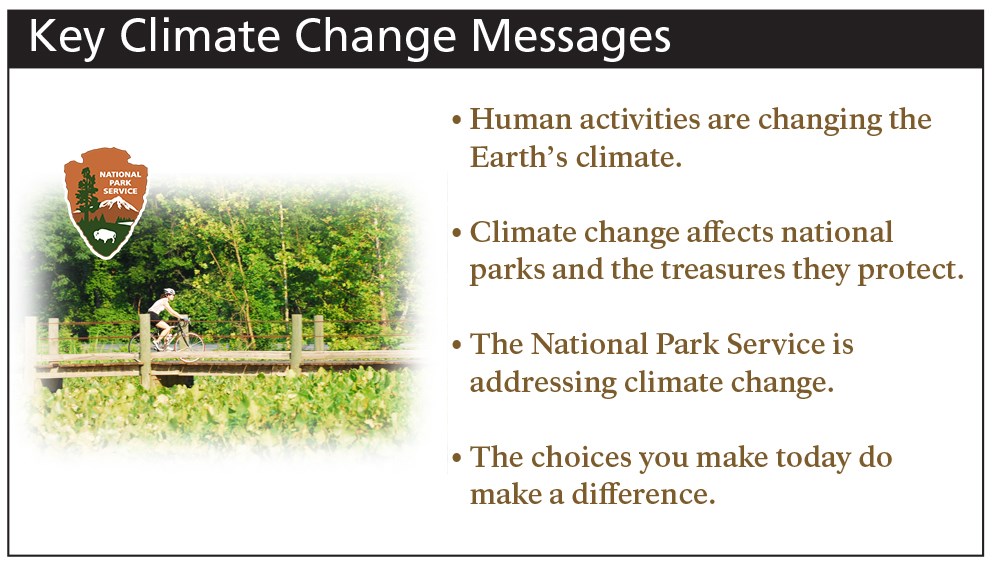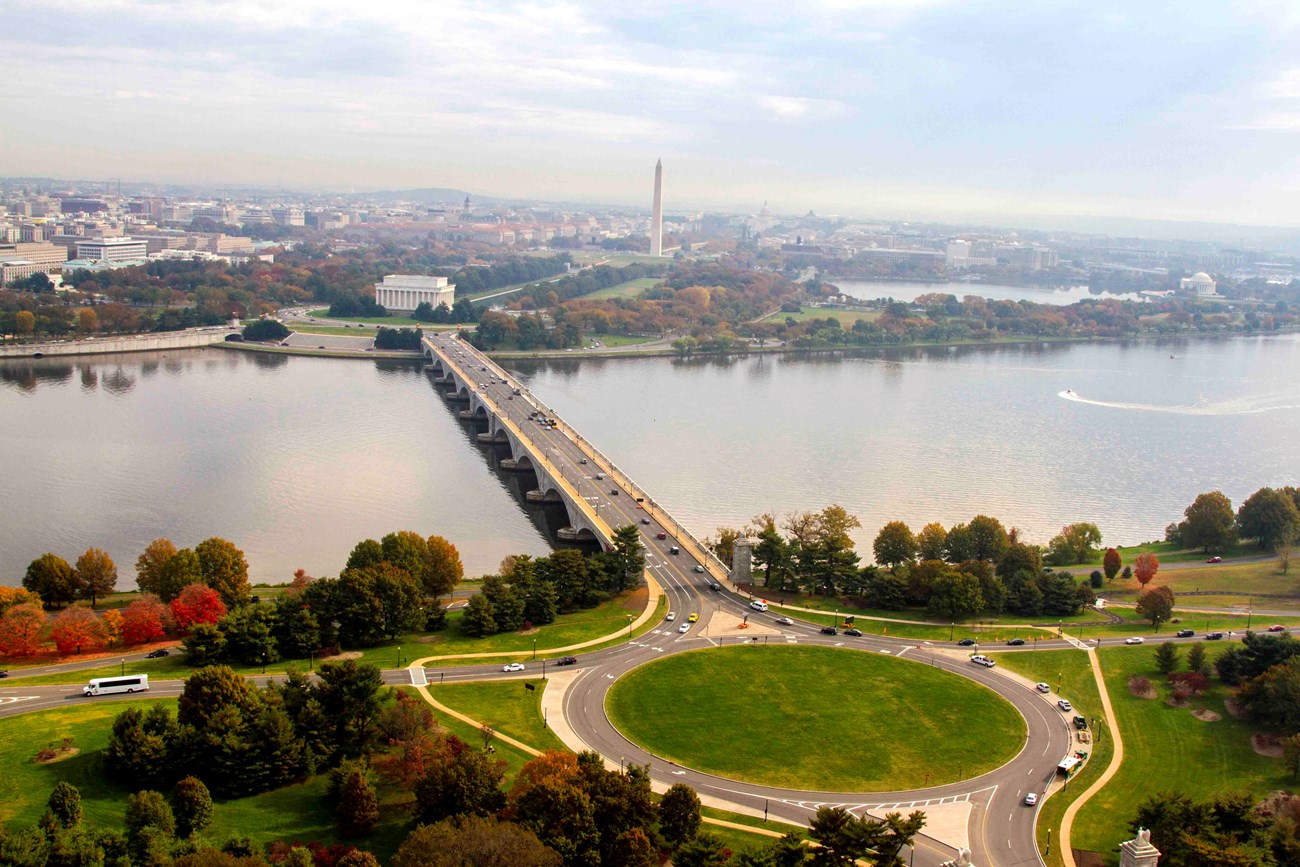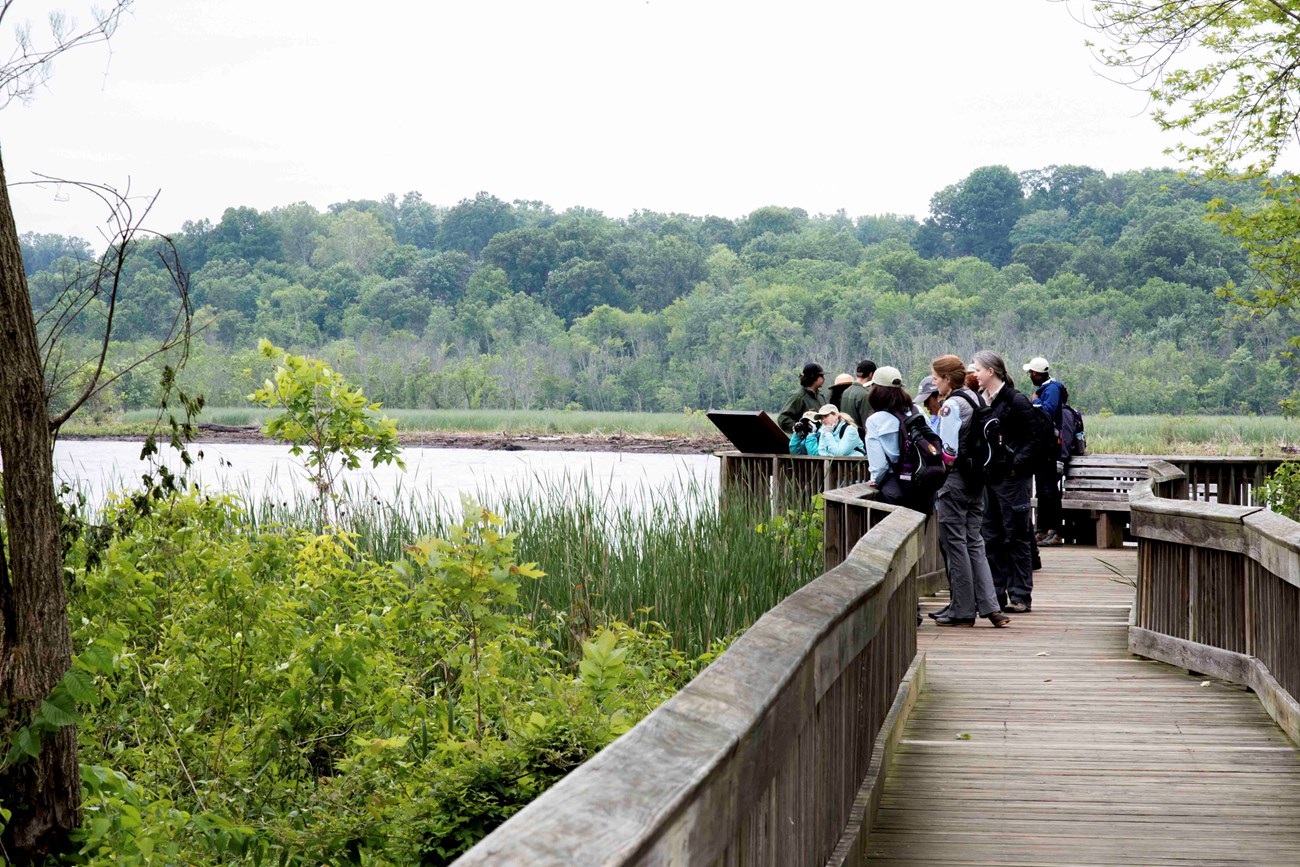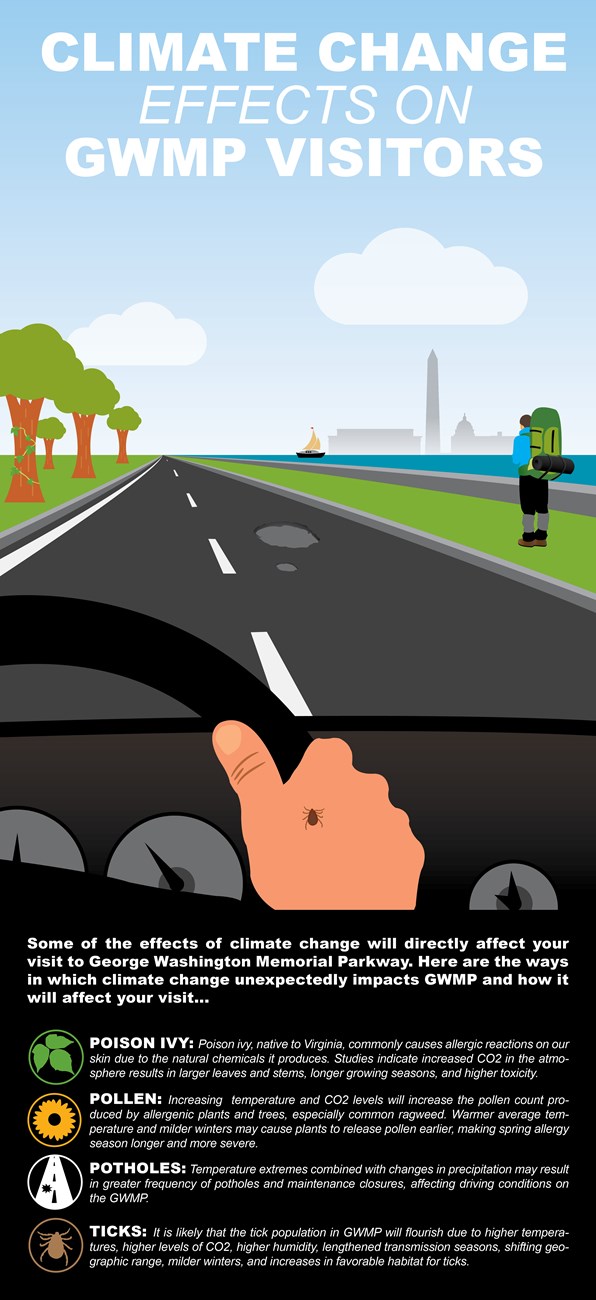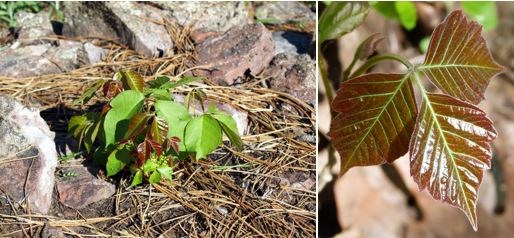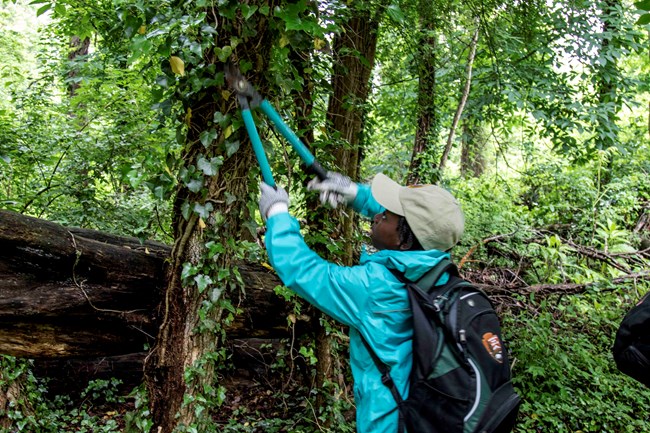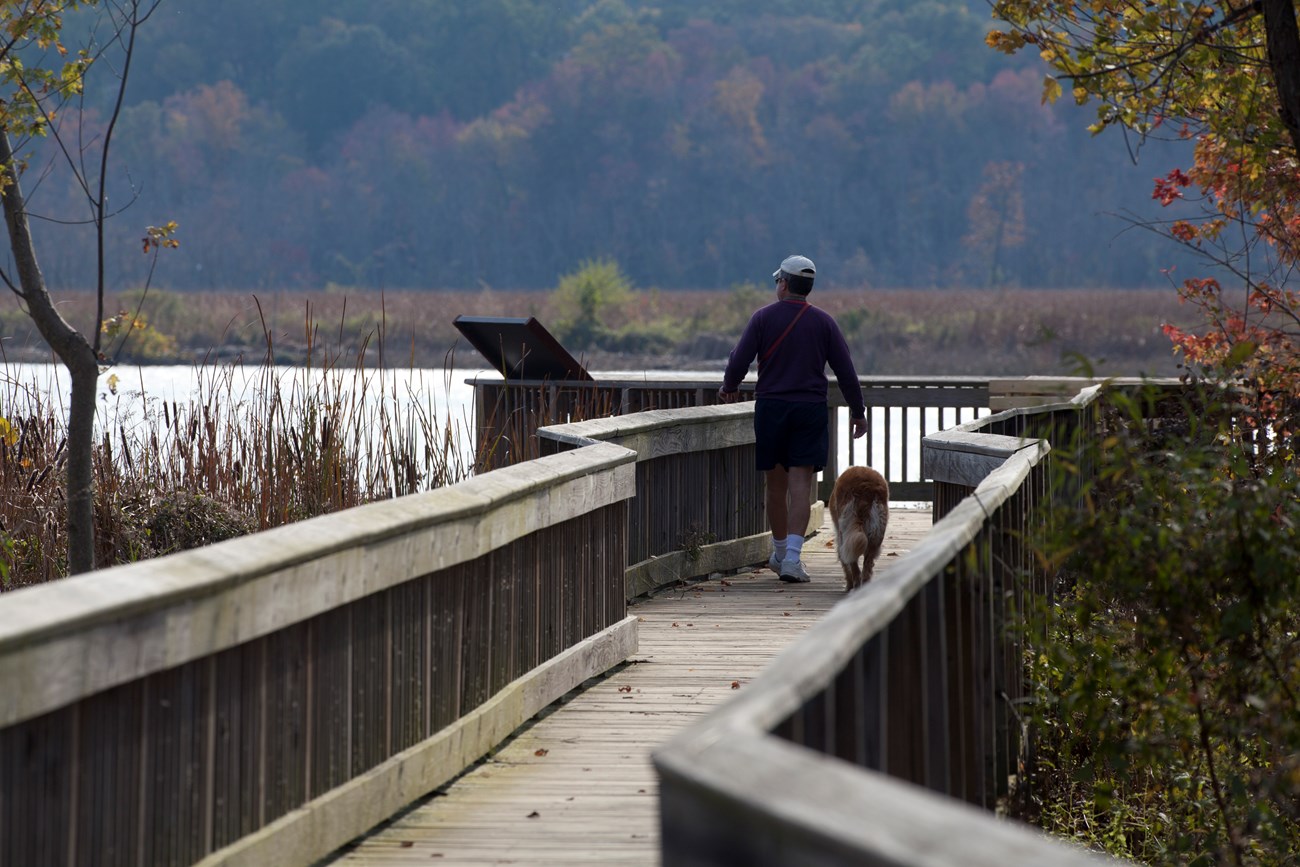References
American College of Allergy, Asthma and Immunology (ACAAI). (2014). The rise of spring allergies: Fact or fiction?. ScienceDaily. Retrieved August 11, 2016 from www.sciencedaily.com/releases/2014/03/140306130050.htm
American College of Allergy, Asthma and Immunology (ACAAI). (2012). The year 2040: Double the pollen, double the allergy suffering?. ScienceDaily. Retrieved August 11, 2016 from www.sciencedaily.com/releases/2012/11/121109083736.htm
Bate, R. (2004). Climate change and mosquito-borne disease. Retrieved from http://www.aei.org/publication/climate-change-and-mosquito-borne-disease/
Climate Central. (2015). Potent poison ivy. Retrieved July 12, 2016, from http://www.climatecentral.org/gallery/graphics/potent-poison-ivy
D'amato, G., & Cecchi, L. (2008). Effects of climate change on environmental factors in respiratory allergic diseases. Clinical & Experimental Allergy, 38(8), 1264-1274. doi:10.1111/j.1365-2222.2008.03033.x
Elmore, A. J., Fitzpatrick, M. C., Engelhardt, K. A., Cadol, D., & Guinn, S. (2015). Predicting vulnerability to sea level rise. Retrieved July 29, 2016, from http://www.umces.edu/al/project/predicting-vulnerability-sea-level-rise
Environmental Protection Agency. (n.d.). Climate impacts on transportation. Retrieved July 27, 2016, from https://www3.epa.gov/climatechange/impacts/transportation.html#landtransportation
Environmental Protection Agency. (n.d.). Heat waves (pp. 24-25). Environmental Protection Agency.
https://www3.epa.gov/climatechange/pdfs/print_heat-waves.pdf
Environmental Protection Agency. (2001). How will climate change affect the mid-atlantic region. Retrieved from https://oaspub.epa.gov/eims/eimscomm.getfile?p_download_id=4011
Environmental Protection Agency. (n.d.). Projected Increases in the Number of Days over 90F [Digital image]. Retrieved from https://www3.epa.gov/climatechange/images/impacts-adaptation/days-over-90-northeast-large.jpg
Geologic Resources Division Natural Resource Program Center. (2009). George Washington Memorial Parkway Geologic Resources Inventory Report. Retrieved from https://www.nature.nps.gov/geology/inventory/publications/reports/gwmp_gri_rpt_body_print.pdf
Helmholtz Zentrum Muenchen - German Research Centre for Environmental Health. (2015). Nitrogen dioxide air pollution increases allergenicity in ragweed pollen. ScienceDaily. Retrieved August 11, 2016 from www.sciencedaily.com/releases/2015/08/150817085613.htm
Jergler, D. (2016). Climate change exposes U.S. infrastructure to natural hazards, Rand Corp. says. Retrieved July 22, 2016, from http://www.insurancejournal.com/news/national/2016/07/14/419987.htm
Kacharoo, P. N., & Raju, N. G. (n.d.). Freeze-thaw effects on roadways. Retrieved from http://www.piarc.org/ressources/documents/actes-seminaires0102/c12-mongolie02/9167,2-4a.pdf
Liggitt, A. (2013). Ragweed pollen in Washington D.C. Retrieved from http://wjla.com/weather/ragweed-pollen-in-washington-d-c--19529
Litwin, R. J., Smoot, J. P., Pavich, M. J., Oberg, E., Steury, B., Helwig, B., Markewich, H. W., Santucci, V. L., & Sanders, G. (2013). Rates and probable causes of freshwater tidal marsh failure, Potomac River Estuary, Northern Virginia, USA Wetlands 33:10371061
Melillo, Jerry M., Terese (T.C.) Richmond, and Gary W. Yohe, Eds., 2014: Climate change impacts in the United States: The third national climate assessment. U.S. Global Change Research Program, 841 pp. doi:10.7930/J0Z31WJ2.
Melillo, J. M., Richmond, T. C., & Yohe, G. W. (2014). Climate change impacts in the United States: The third national climate assessment. Retrieved June 27, 2016, from http://nca2014.globalchange.gov/report/sectors/ecosystems
Melillo, J. M., Richmond, T. C., & Yohe, G. W. (2014). Climate change impacts in the United States: The third national climate assessment. Retrieved June 27, 2016, from http://nca2014.globalchange.gov/report/our-changing-climate/heavy-downpours-increasing
Melillo, J. M., Richmond, T. C., & Yohe, G. W. (2014). Climate change impacts in the United States: The third national climate assessment. Retrieved June 27, 2016, from http://nca2014.globalchange.gov/report/our-changing-climate/precipitation-change#tab2-images
Melillo, J. M., Richmond, T. C., & Yohe, G. W. (2014). Climate change impacts in the United States: The third national climate assessment. Retrieved June 27, 2016, from http://nca2014.globalchange.gov/report/regions/southeast
Melillo, J. M., Richmond, T. C., & Yohe, G. W. (2014). Climate change impacts in the United States: The third national climate assessment. Retrieved June 27, 2016, from http://nca2014.globalchange.gov/highlights/report-findings/human-health
Minnesota Board of Water and Soil Resources. (2008). River bulrush. Retrieved from http://www.bwsr.state.mn.us/wetlands/plantid/Sedges%20Rushes%20etc/scientific%20name/Schoenoplectus%20fluviatilis%20river_bulrush_08.pdf
Monahan, W. B., and Fisichelli, N.A. (2014). Climate exposure of US national parks in a new era of change. PLoS ONE 9(7): e101302. doi:10.1371/journal.pone.0101302. Available from http://dx.plos.org/10.1371/journal.pone.0101302.
https://irma.nps.gov/DataStore/DownloadFile/496859
Morin, C. W., & Comrie, A. C. (2013). Regional and seasonal response of a West Nile virus vector to climate change. Proceedings of the National Academy of Sciences, 110(39), 15620-15625. doi:10.1073/pnas.1307135110
National Aeronautics and Space Administration. (2016). Global climate change. Retrieved from http://climate.nasa.gov/
National Capital Region Inventory & Monitoring Network. (2010). Climate change and tidal marshes of the Potomac and Anacostia Rivers. Retrieved from https://irma.nps.gov/DataStore/DownloadFile/500007
National Oceanic and Atmospheric Administration. (n.d.). National Oceanic and Atmospheric Administration. Retrieved August 1, 2016, from http://www.noaa.gov/
National Park Service. (n.d.). At home. Retrieved from https://www.nps.gov/subjects/climatechange/athome.htm
National Park Service Explore Nature. (n.d.). Retrieved July 27, 2016, from https://www.nature.nps.gov/biology/ipm/manual/ticks.cfm
National Park Service. (n.d.). Get involved. Retrieved from https://www.nps.gov/subjects/climatechange/getinvolved.htm
National Park Service. (n.d.). How can we have harsh winters and global warming at the same time? Retrieved from https://www.nps.gov/articles/climatequestion06.htm
National Park Service & NatureServe. (n.d.). Tuliptree small-stream floodplain forest. Retrieved from http://www.explorenaturalcommunities.org/natural-communities/cegl006492
National Park Service & NatureServe. (n.d.). Non-native invasive insects / animals. Retrieved from http://www.explorenaturalcommunities.org/ecology-basics/stewardship-and-ecological-threats/plants-animals/non-native-invasive-insects-animals#emerald
Qiao, Y., Dawson, A. R., Parry, T., & Flintsch, G. W. (2015). Evaluating the effects of climate change on road maintenance intervention strategies and Life-Cycle Costs. Transportation Research Part D: Transport and Environment, 41, 492-503. doi:10.1016/j.trd.2015.09.019
Steury, B.W., Litwin, R. F., Oberg, E. T., Smoot, J. P., Pavich, M. F., Sanders, G., & Santucci, V. (2014) Interagency partnership to assess and restore a degraded urban riverine wetland: Dyke Marsh Wildlife Preserve, Virginia The George Wright Forum, 31(2):116128
US Department of Transportation. (n.d.). Planning for systems management & operations as part of climate change adaptation. Retrieved July 22, 2016, from http://ops.fhwa.dot.gov/publications/fhwahop13030/chap3.htm
U.S. Environmental Protection Agency. (1998). Climate change and Virginia. Retrieved from http://nepis.epa.gov/Exe/ZyPDF.cgi/40000PQM.PDF?Dockey=40000PQM.PDF
Walsh, B. M., Costanzo, S. D., Dennison, W. C., Lehman, M., Nortrup, M., Steury, B., & Monteleone, S. (n.d.). George Washington Memorial Parkway natural resource condition assessment (United States, National Park Service).
http://ian.umces.edu/pdfs/ian_report_501.pdf
Wildlife Conservation Society. (2008). 'Deadly Dozen' reports diseases worsened by climate change. ScienceDaily. Retrieved August 11, 2016 from www.sciencedaily.com/releases/2008/10/081007073928.htm
Ziska, L. H., Sicher, R. C., George, K., & Mohan, J. E. (2007). Rising atmospheric carbon dioxide and potential impacts on the growth and toxicity of poison ivy (Toxicodendron radicans). Weed Science, 55(4), 288-292. doi:10.1614/ws-06-190 http://www.bioone.org/doi/abs/10.1614/WS-06-190
